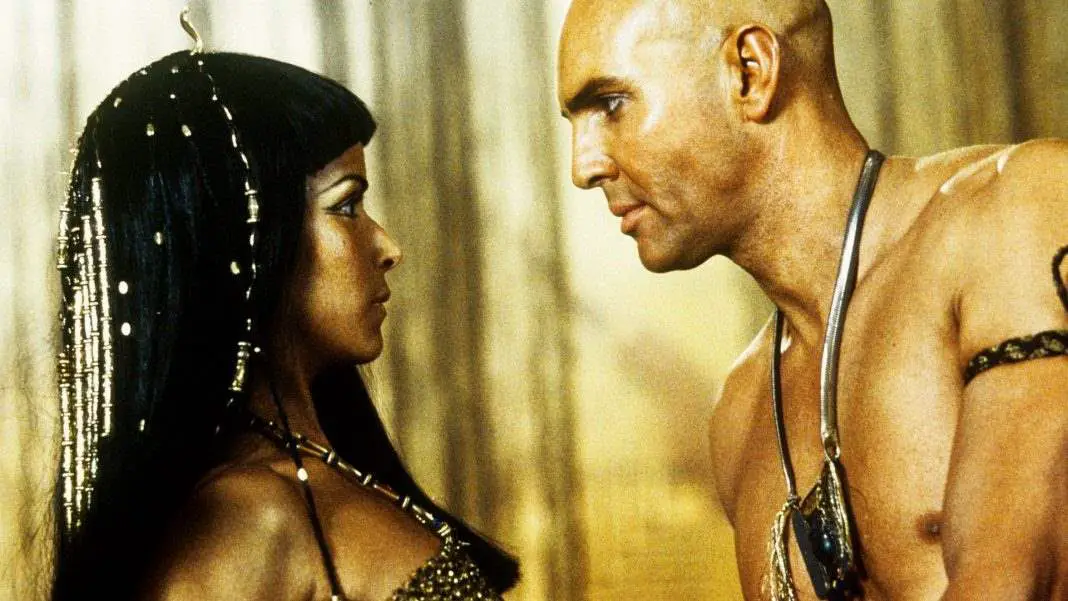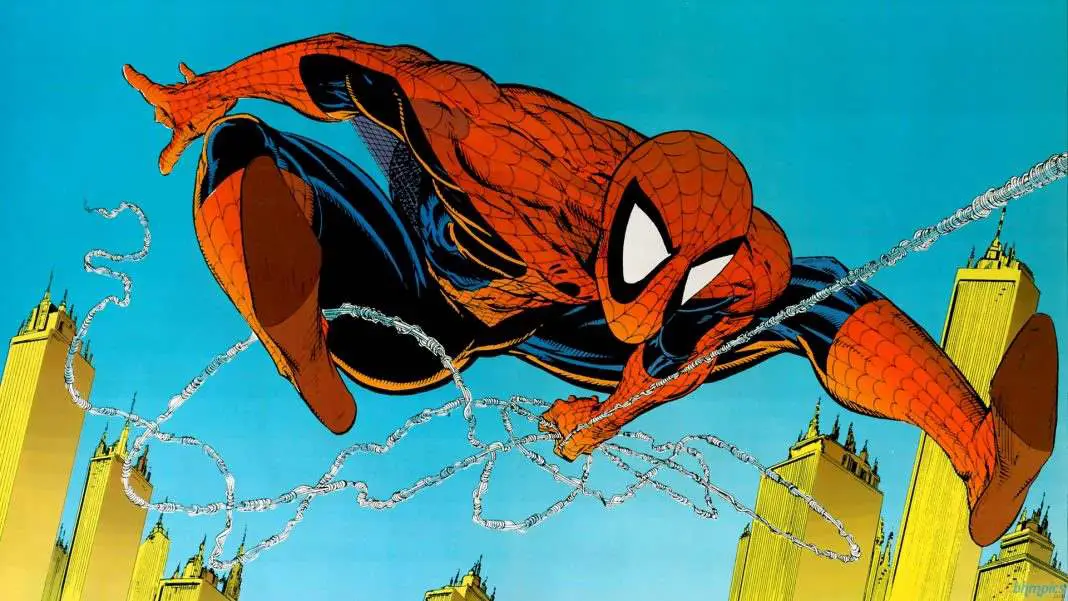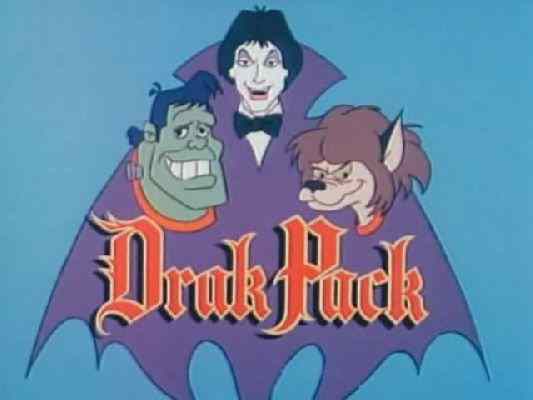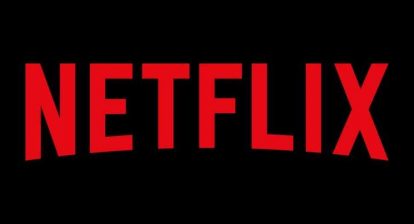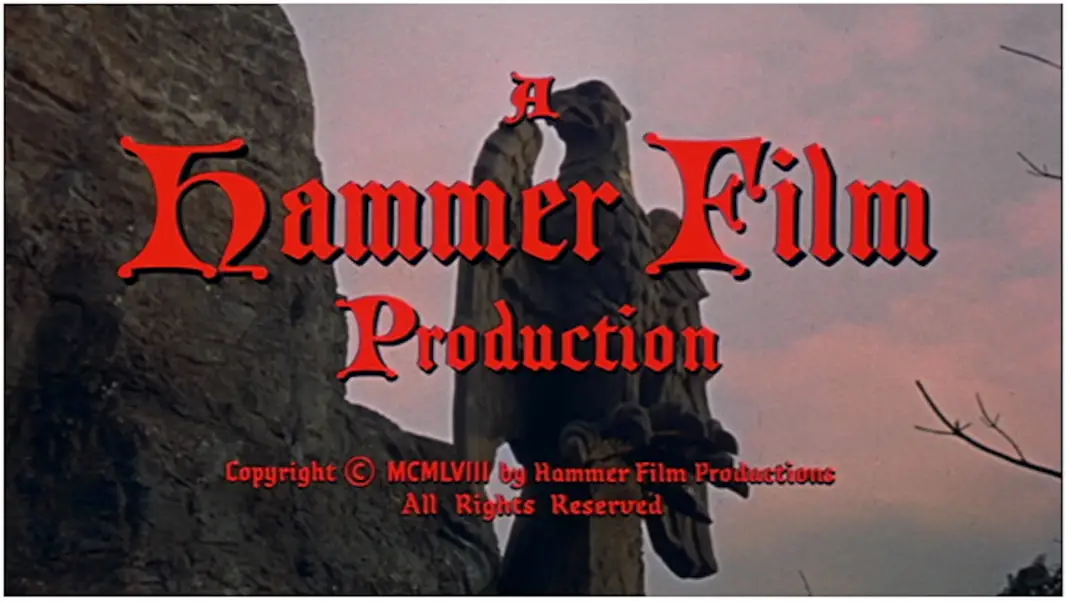Welcome to Script to Pieces, a recurring feature at Wicked Horror where we look at the best, most interesting and at times most unbelievable horror movies that never happened. Sometimes these will be productions that never came together at all, other times, they will be original incarnations that were completely different from what we wound up with. Each should be fascinating in its own way, because the stories of movies that never see the light of day can sometimes be even more interesting than the stories of those that do.
People love to ask why Clive Barker never directed another film after Lord of Illusions. But the truth is, he tried. For a few years, he worked on something that would eventually become one of the biggest surprise hits of the late ‘90s—although not with him at the helm. The film in question was The Mummy, Universal’s reboot of their classic horror property. After Barker left and Stephen Sommers boarded the project, it spawned a blockbuster trilogy, an animated series, a video game, and even a theme park ride.
It’s hard to imagine Barker’s film have quite the same widespread appeal, but it nonetheless would have been interesting. Universal had many problems with Barker’s take, though he stayed aboard the project for an impressive amount of time. The root of their problem, from the beginning, was that Barker was making a horror movie. It wasn’t until Sommers came in to make an action/adventure in the vein of Indiana Jones that the project really took off.

As Barker and Garris discussed their story in more detail, however, the project sounded kind of amazing. It’s obvious to see why Universal wouldn’t run with it, unfortunately, but it would have been an amazing and unique metaphysical horror film if they had.
Barker explained his take in an interview with Fangoria: “Looking back, our version of THE MUMMY was precisely what the powers that were at Universal did not want. It made the Mummy story over for the late 20th century, not in terms of its effects—this was before CGI brought its dubious gifts to the process of horror filmmaking—but in terms of content.
“We had one particular narrative hook that we were very proud of. In the first scene, a strange boy-child is born, under circumstances—high howling winds and a ferocious thunderstorm—that suggest something unnatural is afoot. The narrative then jumps ahead 20 years or so, and we pick up the story of how sacred Egyptian artifacts are being brought to America for an exhibition that would put the Tutankhamen exhibit to shame. An uncommonly beautiful woman is threaded into the action, a seducer and murderer of mysterious origin. Of the boy-child, now presumably grown to adulthood, we get no sight. Meanwhile, our antiheroine is seducing her way through the male character, only to be revealed in the third act as the boy-child, now turned via surgery and hormones into a woman.”
 Universal was not sold on a dark, hard R version of The Mummy with a transgender protagonist in any way, shape or form and called Barker’s vision twisted and perverted. Whatever their moral stance on the topic of a transgender heroine, they insisted the idea would be box office poison.
Universal was not sold on a dark, hard R version of The Mummy with a transgender protagonist in any way, shape or form and called Barker’s vision twisted and perverted. Whatever their moral stance on the topic of a transgender heroine, they insisted the idea would be box office poison.
Shortly after that, Miramax released The Crying Game, which featured a very similar twist. When that proved successful, Barker would literally send the box off returns to the executives at Universal, just to prove a point. They didn’t get the humor in it. His version was scrapped and Stephen Sommers was brought in to do a large-scale adventure update on the 1932 original.
Some elements of Barker’s version do actually make it into the finished product, like the scene where Kevin J. O’Connor—who also starred in Barker’s Lord of Illusions—tries to fend off the mummy by praying to every deity he can think of. It’s a moment of levity, but one that fits entirely in Barker’s wheelhouse.
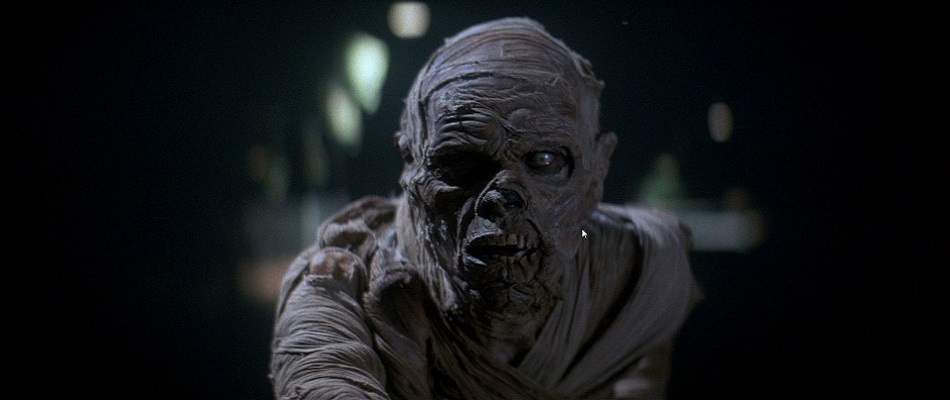 Barker was one of several iconic horror directors courted for the project over time. George Romero became attached to the project in 1994 with a script co-written by Alan Ormsby and John Sayles. His version would have seen Imhotep as the protagonist, awakened in modern times and trying to adapt to the new world around him. Karis—the mummy from Hammer’s remake, which is a nice touch—would also be awakened and hell-bent on punishing the archaeologists who robbed the graves of his people. Universal considered Romero’s take too dark and violent and wanted to go with something more accessible.
Barker was one of several iconic horror directors courted for the project over time. George Romero became attached to the project in 1994 with a script co-written by Alan Ormsby and John Sayles. His version would have seen Imhotep as the protagonist, awakened in modern times and trying to adapt to the new world around him. Karis—the mummy from Hammer’s remake, which is a nice touch—would also be awakened and hell-bent on punishing the archaeologists who robbed the graves of his people. Universal considered Romero’s take too dark and violent and wanted to go with something more accessible.
Joe Dante was also attached at one point. His mummy would have been played by Daniel Day-Lewis. His version—again co-written by Sayles—would have retained the reincarnation and love story elements of the original movie. Interestingly enough, at that point Dante’s version was considered too large-scale. The studio was only interested in making something for $15 million or under until Stephen Sommers approached them with his idea in 1997. Some elements of Dante’s version remain in the film, mainly the sequence involving the flesh-eating scarabs.
Wes Craven was also offered the project, but turned it down.
Whether you’re a fan of Sommers’ take on The Mummy or not, it’s hard for anyone who loves horror not to wonder what the movie could have been with Barker or any of these other legends at the helm.
